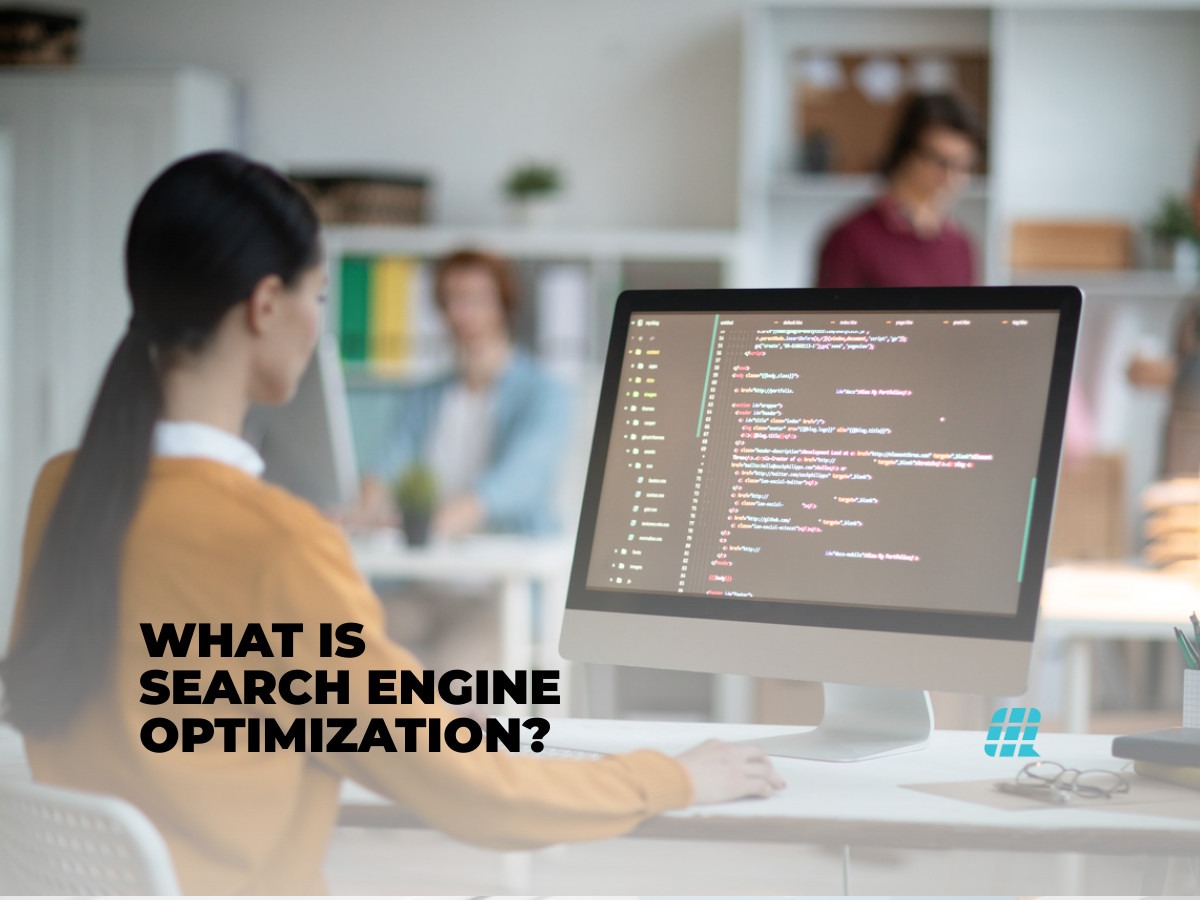The world of web design is complex and fraught with misinformation. Chief among them is the belief that most web designers have a solid understanding of Search Engine Optimization (aka SEO).
In truth, the exact opposite is true. Most web designers know very little about SEO and this includes those with college degrees in Website Design.
A friend of mine received a Bachelor’s Degree in Web Design from a reputable University. When I asked her what she was taught concerning SEO she replied… “Not much.”
They gave her their definition and spent a little time explaining the basic concepts. However, they weren’t actually trained in the art and science we call SEO. They were told that work should be performed by an individual/company that specialized in Search Engine Optimization.
I agree with this as web designers are “artsy” by nature and not best suited to things that are highly technical. That’s not to say that there aren’t some who are good at both, just that it’s probably the exception rather than the rule.
The real problem is that most clients know little about the web design process and mistakenly believe that their web designer has optimized their site for the search engines. As many web designers forget to discuss the topic with their clients, the site is put live without being optimized.
To improve your chances of getting a beautiful website that is well-optimized for the search engines, it’s important you understand these three factors:
Web Design
In this phase, your web designer will work with you to create a nice looking website according to your project specifications. This part is primarily graphic in nature but it does form the foundation of the entire project.
Website Coding
After the website graphics are finished, the design will be coded such that it can be understood and displayed by browsers like Firefox, Internet Explorer, etc. Some web designers will use a program like Adobe’s Dreamweaver to code the design while others will hire a web coder to do the process manually.
As a general rule, designs that are “hand coded” by a code specialist are more likely to follow the standards set by the Worldwide Web Consortium (aka W3C). They are also more likely to be “lighter” in their design, which is beneficial to SEO.
Search Engine Optimization
After the site has been designed and coded, the work can begin to optimize the website for the search engines. This is best performed by a SEO Specialist.
The SEO Specialist’s job is to work closely with the client in an effort to understand their business and what outcome(s) they are looking to produce. With this information, the will begin the process of keyword selection and set about optimizing each page of the site.
In addition to the work performed to the site itself, the SEO Specialist will perform a variety of “off page” tasks. These tasks may include linkbuilding, social bookmarking, the creation of citations as well as many others.Don’t Most Web Designers Know SEO?
As you can see, successful web design is a rather complex topic and frequently requires the work of several specialists. Armed with this information, you’ll know what questions to ask to ensure your project is completed to your satisfaction.
After all, a beautiful website that receives little visitors won’t help you achieve much in the way of new business.



